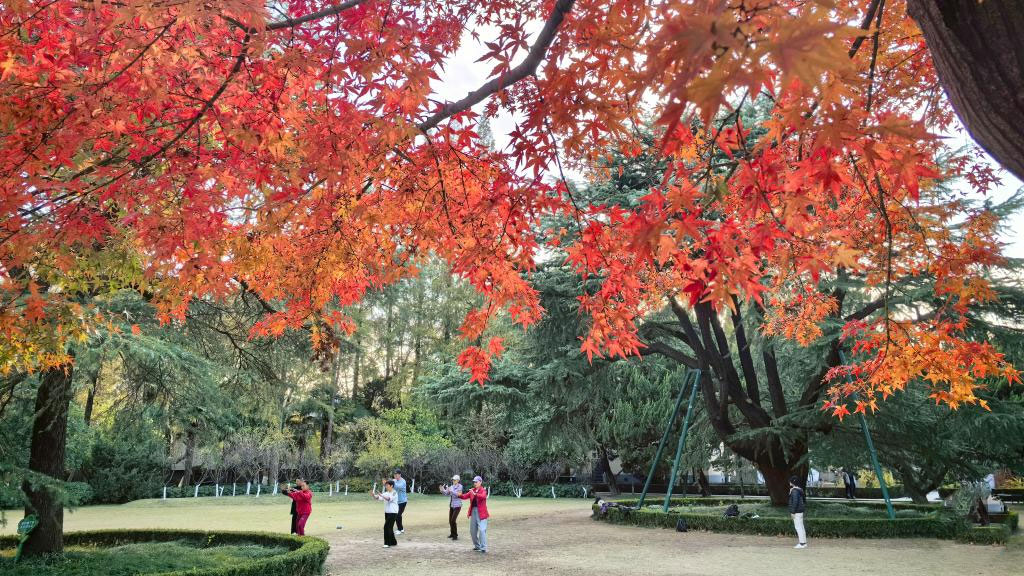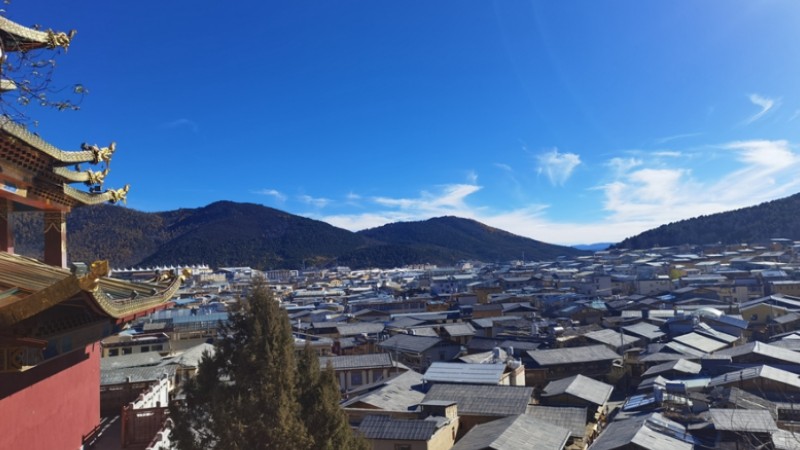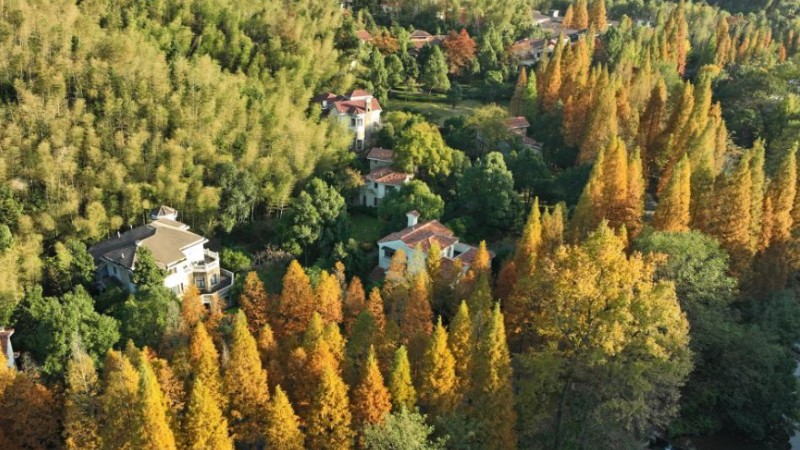Harvesting fortunes with hawthorn trees
TAIYUAN, Nov. 24 (Xinhua) -- Although winter is a slow season for most farmers in north China, villagers in Jiangxian County, Shanxi Province, are busy fertilizing and pruning hawthorn trees on farms and shipping the tiny red fruits from 14 refrigeration warehouses.
Located on the northwestern side of Zhongtiao Mountain, Jiangxian County is the source of the Sushui River, a tributary of the Yellow River.
The unique mountainous climate means the county is ideal for the growth of hawthorn trees, and it has a complete industrial chain that covers the primary, secondary and tertiary industries.
According to Jiangxian County records, the county's hawthorn plantation developed in the late Ming Dynasty (1368-1644) and flourished in the 1980s. In 1984, the county government decided to name the hawthorn tree the "tree of the county."
Guo Sujuan, Party chief of Sushuiyuan Village in Chencun Township, said that some 1,000 old hawthorn trees can be found in the woods in the southern part of the township, with the oldest tree being over 100 years old.
"Although their fruit sizes are smaller than those of the new breeds, their prices are higher because the fruits are quality ingredients for traditional Chinese medicine," Guo said.
Guo Lizhen has been engaged in haw fruit processing for more than 30 years. She said that the fruit helps with appetite and digestion, so hawthorn products such as haw flakes and canned haw fruit are popular among consumers.
"I can't help salivating when I talk about hawthorn," she said with a smile.
At a hawthorn processing plant in Nanfan Township, some 30 workers pick and sort the fruits, removing their cores.
"We can work here after the harvest season, bringing home an income of 120 yuan (16.87 U.S. dollars) a day," said Zhang Jinping, a local farmer who works at the plant.
Deng Zhiyi, director of the county's fruit business center, said that Jiangxian has developed a new business model that covers processing plants, cooperatives, farmers and plantation bases, and multiple processing plants have been established. The entire industrial chain involves more than 100 cooperatives and over 20,000 households.
Figures show that more than 6,600 hectares of hawthorn trees have been grown in 90 percent of the county's villages, with haw products exported to more than 10 countries and regions, including Malaysia and Japan.
The county has also organized hawthorn festivals in recent years, attracting tourists to pick hawthorns and explore the sights. Rural tourism and agricultural specialties are also being promoted through the lenses of photographers and by online influencers.
"With many villagers creating their own short video accounts, we are welcoming more hawthorn purchasers," said Zhang Qingyue, a hawthorn farmer.
Photos
Related Stories
- Chinese researchers issue organic carbon map for global black soil regions
- China has benefitted over 1 million African farmer households: minister
- Int'l agricultural trade fair in China attracts over 30,000 buyers
- Interview: China expected to see another bumper harvest this year: official
- World agrifood conference in Beijing focuses on innovation
Copyright © 2023 People's Daily Online. All Rights Reserved.









